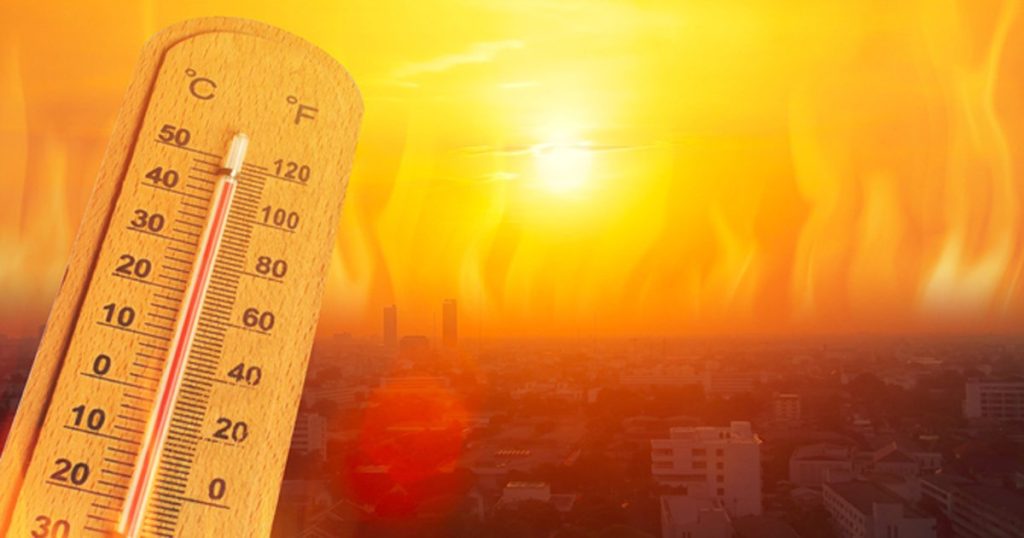The World Health Organization (WHO) has issued an urgent alert warning that extreme heat poses escalating risks to cardiovascular and respiratory health, as well as maternal and neonatal outcomes. With global temperatures surging and heatwaves becoming more frequent, health systems and individuals must prepare for rising heat-related health emergencies.
Growing Cardiovascular Threats
- Fatal Heart Attacks:
Studies show that during extreme heat, especially when combined with air pollution, the risk of fatal heart attacks can double, especially among older adults and women. - Strain on the Heart and Kidneys:
Heat increases the workload on the heart, amplifies dehydration, and can trigger kidney-related issues—all elevating the risk of acute cardiovascular events. - Chronic Disease Exacerbation:
Those with existing heart conditions face significant danger as heat impairs circulation and oxygen delivery.
Respiratory Conditions Worsen
- Air Pollution Synergy:
Heatwaves often elevate ozone and particulate pollution, which worsens lung diseases like asthma and chronic obstructive pulmonary disease (COPD). - Heat-Induced Respiratory Distress:
Overheated airways and increased respiratory rates can lead to breathing difficulties, especially in vulnerable urban populations.
Aldentified Risks to Pregnancy and Infants
- Adverse Birth Outcomes:
Pregnant individuals exposed to high temperatures have a higher risk of preterm birth, low birth weight, stillbirth, hypertension, and gestational diabetes. - Heat Exhaustion During Pregnancy:
Physical stress and dehydration can trigger labor complications and increase danger during pregnancy.
Vulnerable Populations Highlighted
- At-Risk Groups:
The elderly, infants, individuals with chronic illnesses, outdoor laborers, and pregnant individuals face the highest risks during heatwaves. - Urban Exposure Level:
Heat island effects in cities worsen exposure, especially among those without access to cooling systems.
WHO Urges Immediate Heat Action
- Community & Health Resources:
Governments and health authorities should implement heat action plans, early-warning systems, cooling centers, and targeted outreach for vulnerable groups. - Health System Preparedness:
Facilities must anticipate spikes in cardio- and respiratory-related hospitalization and ensure emergency readiness. - Public Health Education:
Awareness campaigns should reinforce staying hydrated, avoiding peak sun, recognizing heatstroke, and checking on high-risk neighbors.
Broader Climate and Health Strategy
| Task Area | Recommended Action |
|---|---|
| Urban Planning | Increase green cover, reflective infrastructure, reduce heat buildup |
| Home & Work Safety | Encourage cooling methods, shaded rest breaks, and safe clothing |
| Occupational Adjustments | Modify work hours, supply water/fan zones for outdoor workers |
| Pregnancy Precautions | Educate pregnant individuals on hydration, early labor signs, avoiding heat |
| Climate Resilience | Build health systems that adapt to rising temperature trends |
Final Takeaway
With rising global temperatures, heat is no longer just an annoyance it’s a major public health threat. The WHO emphasizes that extreme heat magnifies cardiovascular, respiratory, and maternal health vulnerabilities. Communities must act now by combining preventive measures, public education, and climate adaptation strategies to protect health in an increasingly hot world.



Comments (0)
No comments yet. Be the first to comment!
Leave a Comment